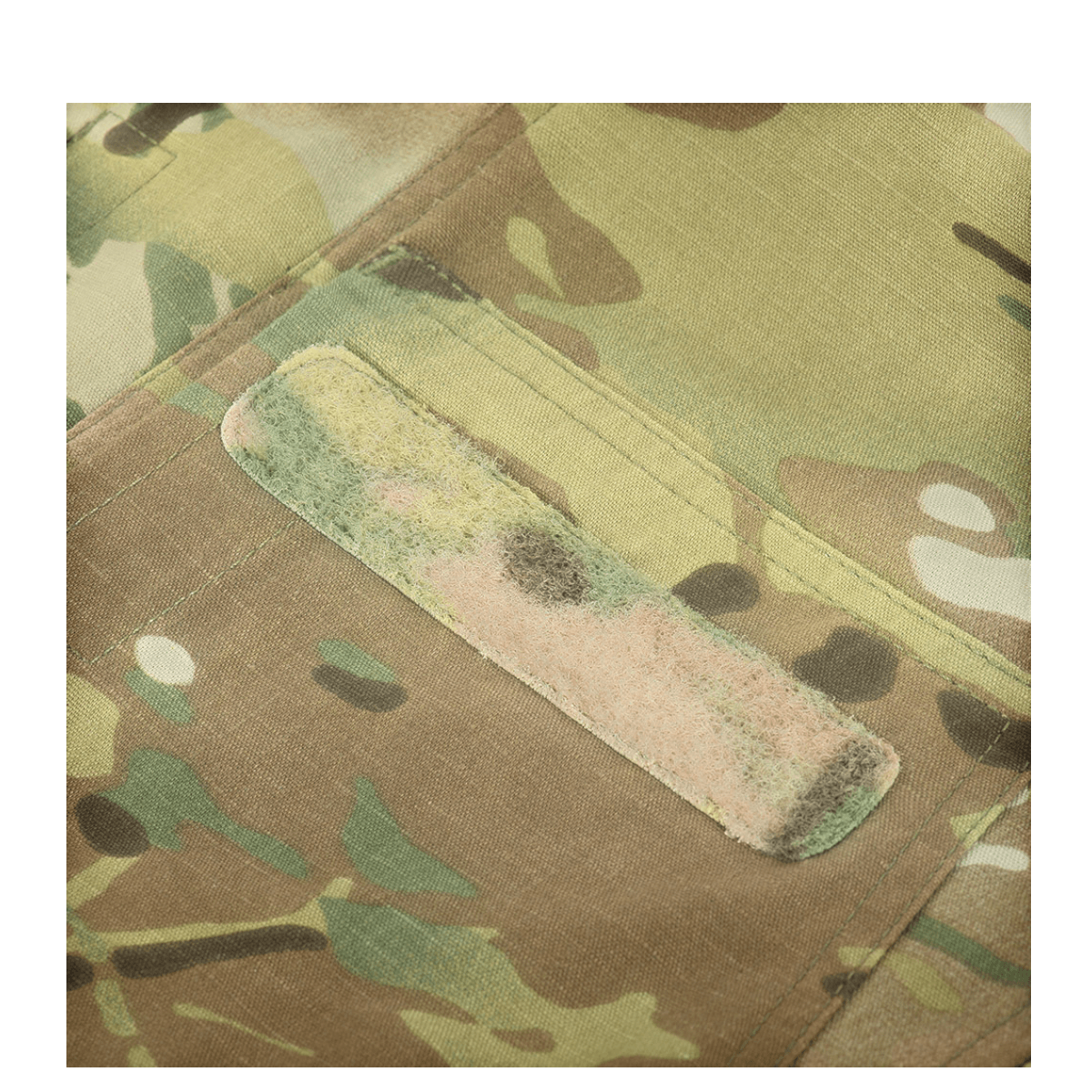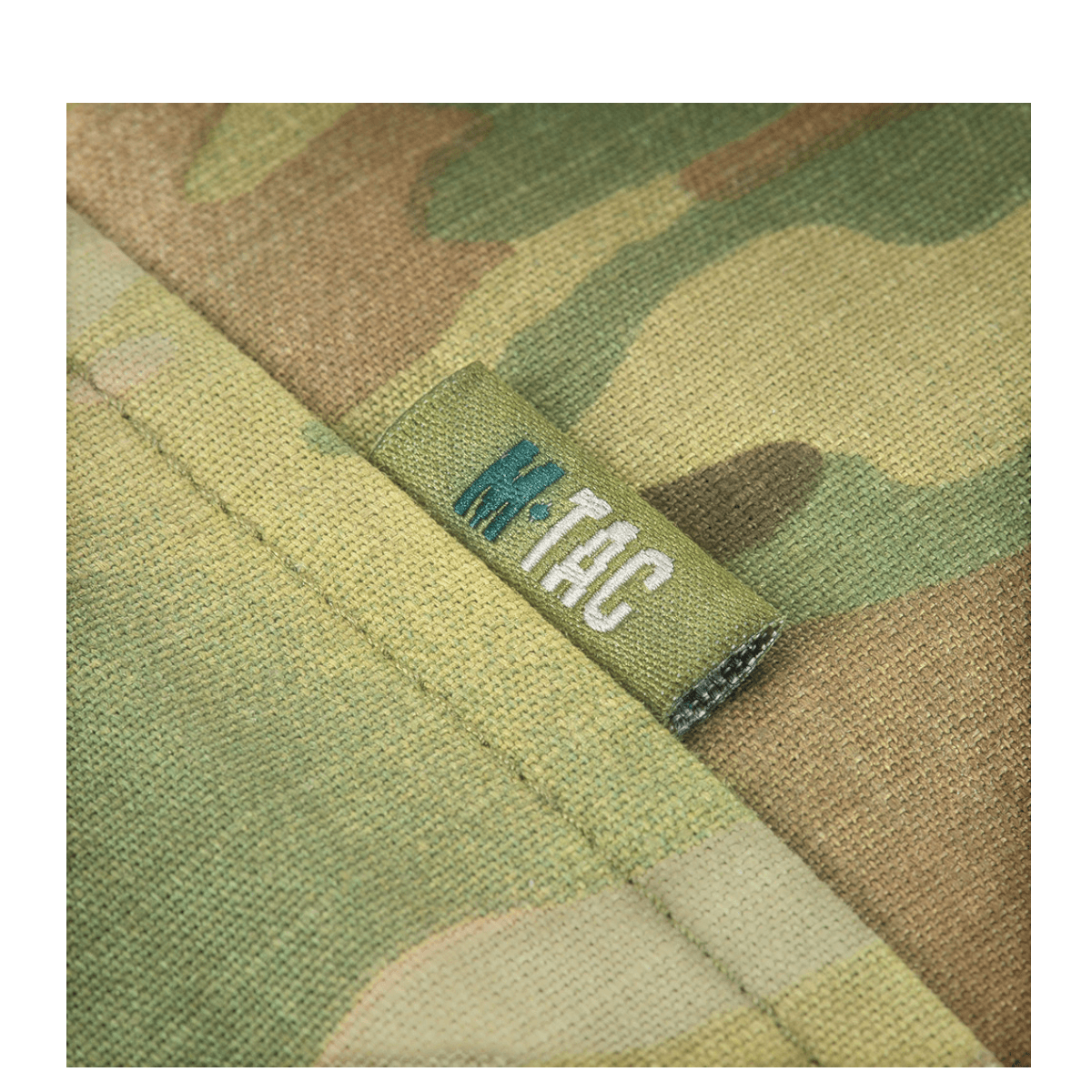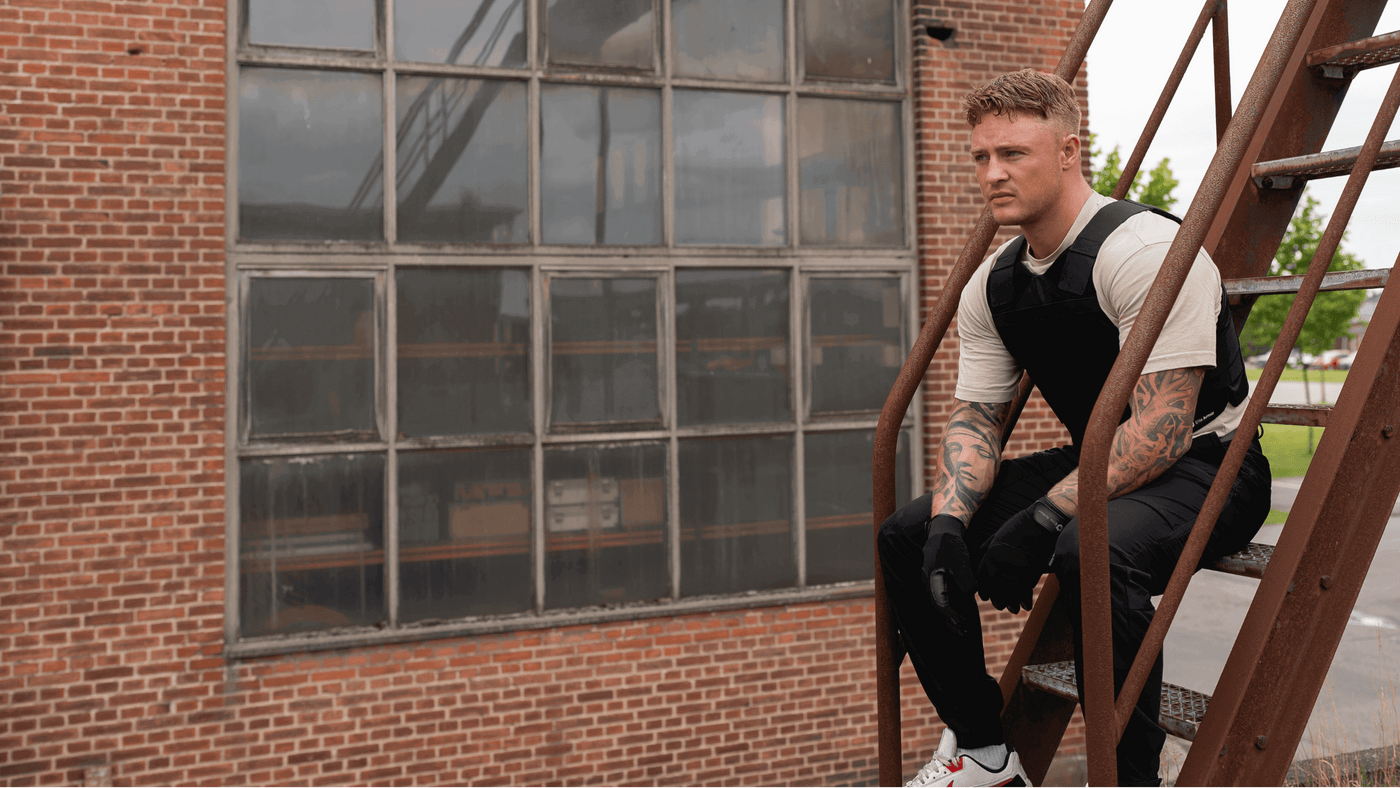M-Tac Felt Jacket NYCO Extreme
M-Tac Felt Jacket NYCO Extreme - XL/S is backordered and will ship as soon as it is back in stock.
Fast Delivery
Fast Delivery
Most in-stock items ship within the next business days, while products from our remote warehouse are dispatched as quickly as possible
Price guarantee
Price guarantee
Find a lower price? We match it –
and top it off with top-class customer service
100 days return policy
100 days return policy
You can easily exchange or return within 100 days.
👉 Return and refund
Top-class customer service
Top-class customer service
Do you have questions?
We are always ready to help at info@elite-armor.com or phone 69 15 73 07
Product info
Product info
Specifications
The Multicam pattern combat jacket is a model of the Ukrainian Armed Forces' standard jacket, improved by M-Tac specialists. The jacket is made from durable American NYCO Extreme fabric from Brookwood (57% nylon, 43% cotton). This is a lightweight material that is about three times stronger at breakage, ten times more breathable, and dries faster than regular NYCO fabric. The jacket has a loose fit and high-quality fittings.
It closes with a central zipper covered by a velcro strap. There are two hidden velcro pockets on the chest with vertical openings for easy access to contents. The sleeves also have spacious pockets with flaps for extra storage. The velcro panels on the chest and sleeves are designed to attach name tags and patches. The cuffs can be adjusted with velcro.
The NYCO Extreme Field Tunic becomes a practical and functional element in the uniform for modern military personnel.
Material:
- 43% cotton
- 57% nylon
Features:
- Closes with a central zipper covered by velcro.
- Stand-up collar that closes with velcro.
- Practical access to chest pockets allows reaching the contents even when tactical gear is worn over the jacket.
- Velcro panels on the chest and sleeves for attaching patches and ID.
Fittings: YKK
It is recommended to wash in gentle mode at a temperature of no more than 30°C. YKK is the world leader in zipper production and manufactures 90% of all zippers at 71 factories worldwide. YKK is a Japanese company whose trademark was registered almost 70 years ago. YKK stands for "Yoshida’s Factory," the name of the company's founder, who started producing zippers for clothing in the 1930s. Success was achieved through collaboration with leading clothing brands and the application of particularly strict quality standards. For a long time, the machine for producing high-quality zippers was kept secret, which made it possible to quickly outpace competitors.
The "MULTICAM" camouflage was developed by the American company Crye Precision in collaboration with the U.S. Army Soldier Systems Center, known as U.S. Army Natick Labs. The development of the MULTICAM pattern took over eight years of expeditions, scientific research, data analysis, and practical field tests. It was designed as a universal camouflage solution for the U.S. Army. The need for new camouflage became clear after Operation Desert Storm in Iraq, where the existing Woodland and Tri-Color Desert patterns did not provide sufficient concealment. Even with the introduction of universal digital camouflage during operations in Afghanistan and Iraq, the situation did not improve significantly. It became clear that there was a need for a single universal pattern that allowed soldiers to blend into any terrain at any distance.
The MULTICAM pattern works by exploiting the limitations of human vision and the structure of the eye. At long distances, camouflage consists of large, blurred spots, while small, rounded elements are used at close range, especially against backgrounds of vegetation. The developers found that dominant backgrounds worldwide share similar shades of green and brown. An important discovery was that black, often used in camouflage patterns, actually does not exist in nature. By integrating their findings and conducting computer simulations of over a thousand images, they succeeded in creating the MULTICAM pattern.
Near Infrared (NIR) technology is used by the U.S. Department of Defense to minimize the detection of NIR electro-optical sensors. NIR uniforms are made from a special fabric that helps soldiers maintain a temperature similar to the surroundings, making them harder to detect. Additionally, NIR technology reduces light reflection, making the uniforms less visible in low light.





























